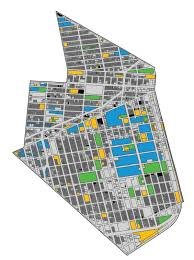This report provides a framework for developing an equitable development theory of change for Brownsville, Brooklyn. While Brownsville is a neighborhood with significant social and economic challenges it has a strong history and presence of community activism and action. The report presents an overview of Brownsville’s economic and social context, conducts a typology review of existing studies and planning documents focused on the neighborhood, and lays out a high-level plan for a ten-year equitable development plan for the community. The plan’s framework has four main components: economic opportunity, education and youth development, housing, and the built and social environment. We discuss how this plan fits into already-existing efforts and we present recommendations for local policymakers, advocates, organizations, and the community based around three themes: ongoing research and community assessment, identification and tracking of initiatives over time, and building community and stakeholder support.
Washington, DC: Urban Institute. 2024, 45pg



